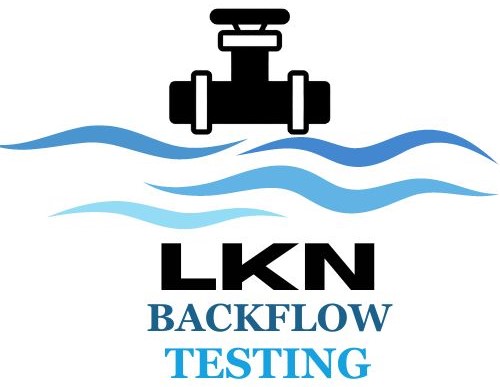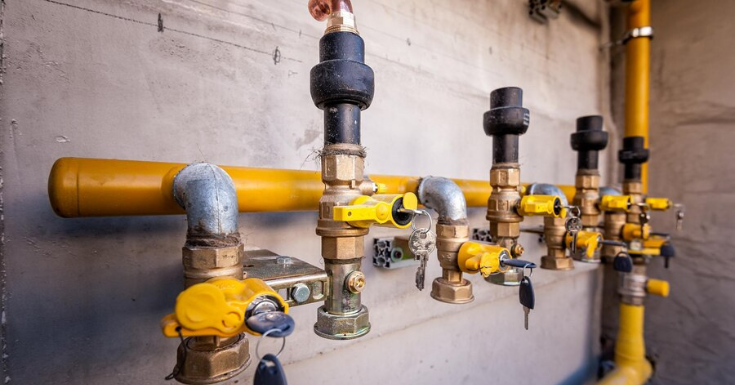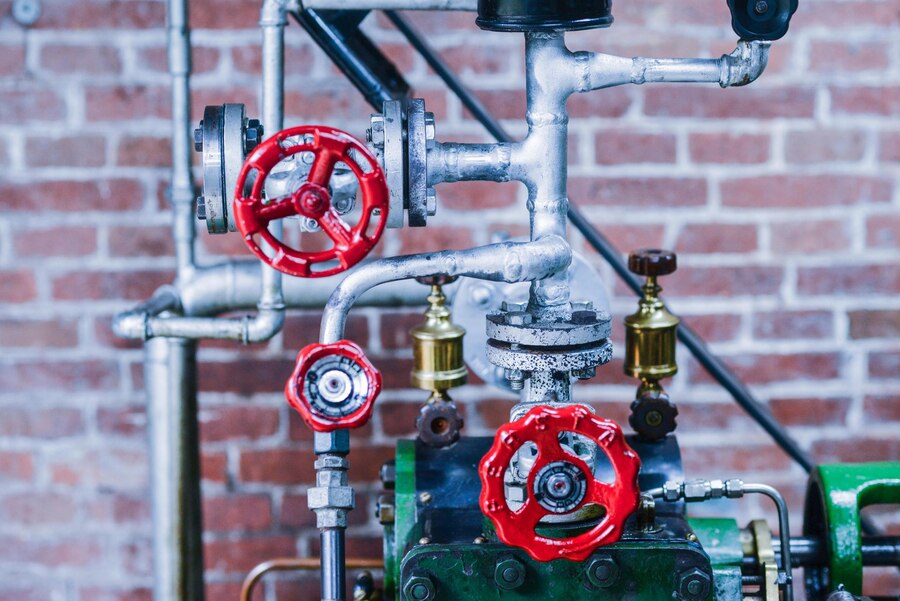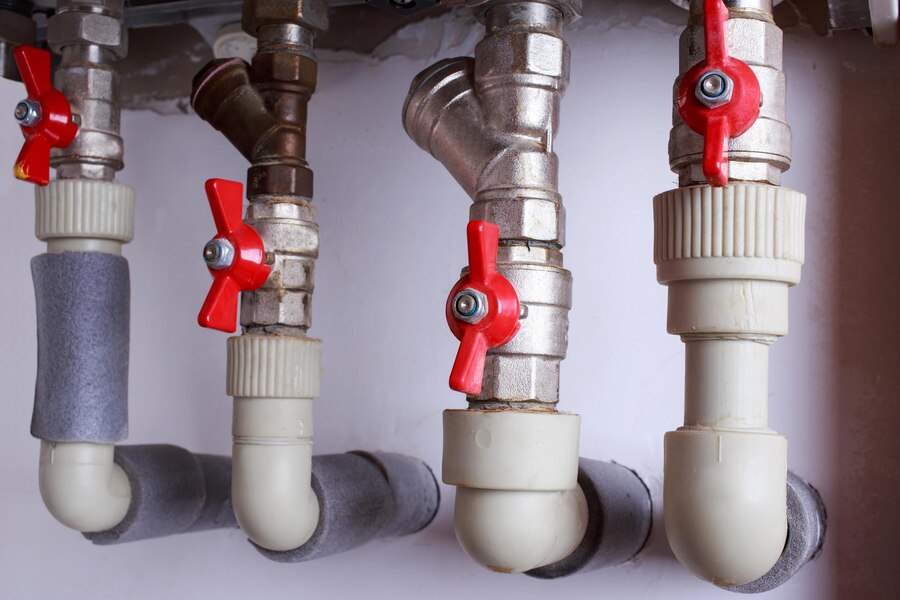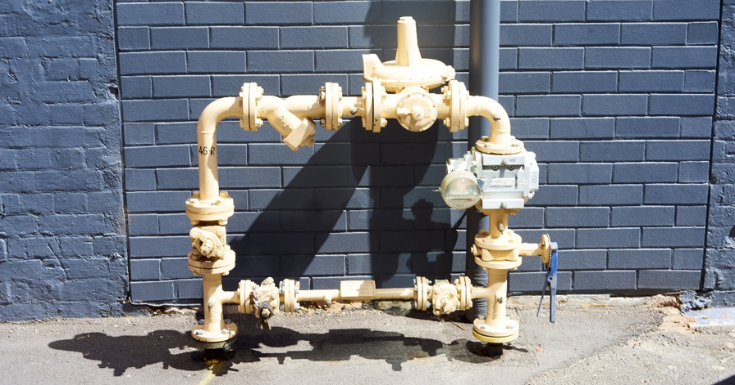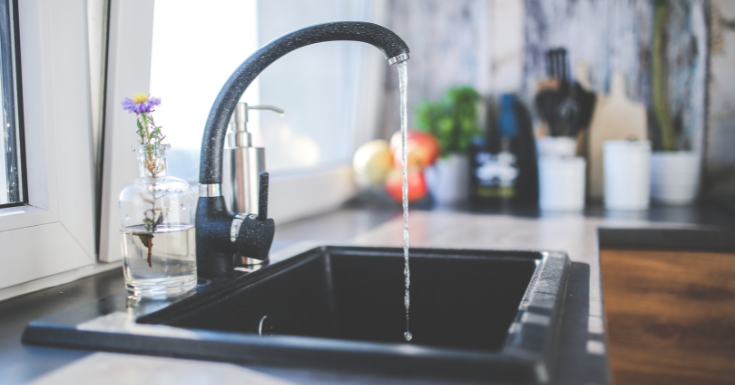Unidirectional flow of water helps in ensuring the supply of clean water. Sometimes, the flow can reverse, causing contaminated water to mix with clean water supply. A backflow preventer helps in preventing the flow of contaminated water back into the potable (drinking) water supply.
While choosing backflow preventers, the most important factor that needs to be considered is the factors that can cause backflow. Since the same level of protection is not suitable for homes and high-hazard situations, coverage should also be considered. Apart from the coverage, cost and complexity of maintenance should be considered. Let us explore the causes for backflow and different types of backflow preventers in detail.
Causes for Backflow
Back Siphonage and Back Pressure are two types of backflow, caused by different factors.
Back pressure occurs when there is an increase in pressure in contaminated water system compared to clean water supply. It pushes contaminated water back into the water supply.
Back Siphonage occurs when there is a sudden drop in pressure in the clean water system that pulls contaminated water back into the clean water supply.
Types of Backflow Preventers
Atmospheric vacuum breakers
Atmospheric vacuum breakers operate based on air pressure. They have an air inlet valve which remains closed if water flows in the correct direction. If the direction of water reverses, the air inlet valve opens to prevent backsiphonage. These are mainly used in lawn irrigation systems and garden hose connections. They may incur additional cost because they are generally not installed in one location but multiple points. They cannot prevent chemigation backflow i.e backflow due to application of chemical fertilisers through irrigation water. Though they protect against backsiphonage, they cannot protect against backpressure.
Pressure vacuum breakers
Pressure vacuum breakers are widely used as they are simple and affordable. The pressure vacuum breaker assemblies contain an
1. Inlet shut off valve – which helps the system to be turned off for maintenance
2. Check valve – that prevents water from flowing backward during back-siphonage
3. Air inlet valve – to allow air when there is loss of pressure
4. Test valves – for testing the performance of PVB
5. Outlet shutoff valve- to shut off water in the outlet side, when performing repairs
PVB assemblies are suitable for protection from backsiphonage only. They do not prevent backflow of chemigation. Yet they can be highly beneficial for low hazard and high hazard situations.
Spill resistant vacuum breakers
They are similar to PVBs but contain additional diaphragm seals to avoid spillage from air inlets when pressure is high.
Double check valve assembly
This system has two valves that prevents backflow by closing when water tries to reverse direction. It is often used in fire sprinkler systems.
Reduced pressure zone(RPZ)
When the pressure is lower on the supply side, it discharges water through a relief valve. It provides the highest level of protection in hazardous areas.
Closing Remarks
Thus, different types of backflow preventers help in maintaining the purity of water. Even a small negligence can result in serious water contamination. Therefore, it is essential to ensure that backflow preventers are installed correctly and functioning properly by qualified professionals.
At LKN Backflow Testing, we can help you in assessing the plumbing system and recommend the appropriate type based on local code requirements. We ensure correct installation and perform annual testing for ensuring the ideal performance. In addition, we also provide routine maintenance services to ensure the safety of the water.
